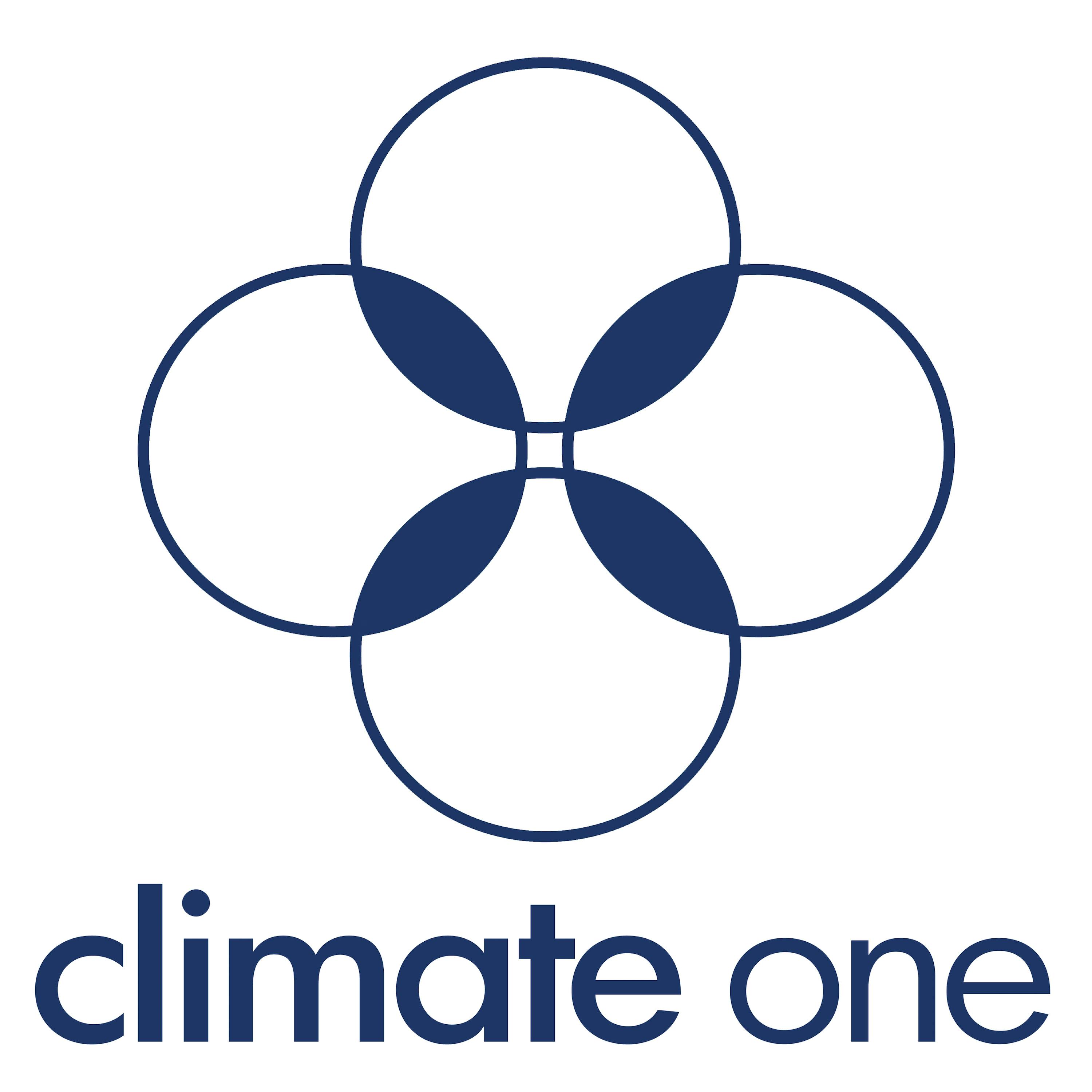Climate in the Classroom (03/25/14)

b'Today\\u2019s teenagers, also known as Millenials or Generation Y, now have a new moniker: Greenagers. That\\u2019s because they are coming of age in an era plagued by the effects of climate change. Severe floods, storms and fires on the rise and are forecast to increase further as carbon pollution increases. What are high school students learning about the causes and consequences of climate volatility? And what steps can they take now to secure a more optimistic future for the earth\\u2019s ecology? In this episode of Climate One, panelists cite changing the planet for the better can come from \\u201cdoing one thing,\\u201d sourcing cafeteria food locally, and fighting apathy. \\u201cWe need a transformation of the way we teach these things because it\\u2019s not just a matter of getting the information out there about climate change and energy and food,\\u201d says Mark McCaffrey, Program and Policy Director at the National Center for Science Education. \\u201cWe need to be able to get that information out in a way that is building knowledge and know-how\\u2026to be able to transform the world, to be able to minimize the impacts, and be able to be ready for whatever changes (are) in store for us.\\u201d This program was recorded in front of a live audience at the Lick-Wilmerding High School in San Francisco on March 25, 2014. AshEl Eldridge, Education and Leadership Manager, Alliance for Climate Education Heather Frambach, Statewide Food Systems Coordinator, Community Alliance with Family Farmers Mark McCaffrey, Program and Policy Director, National Center for Science Education\\nLearn more about your ad choices. Visit megaphone.fm/adchoices'